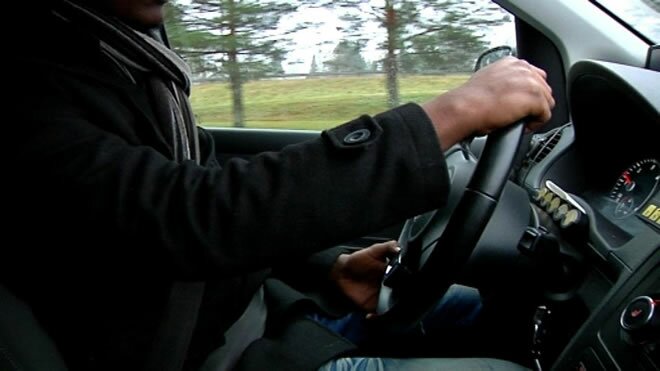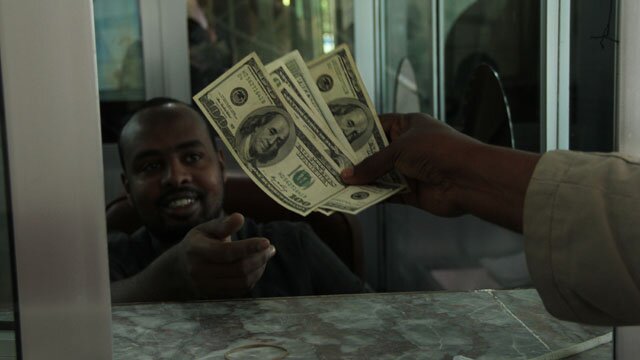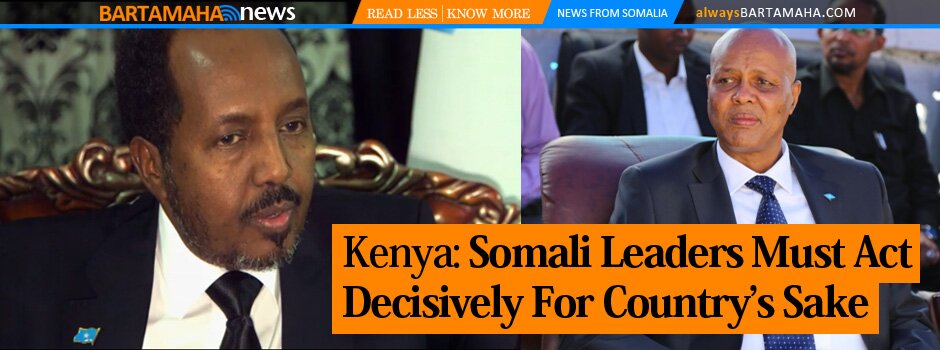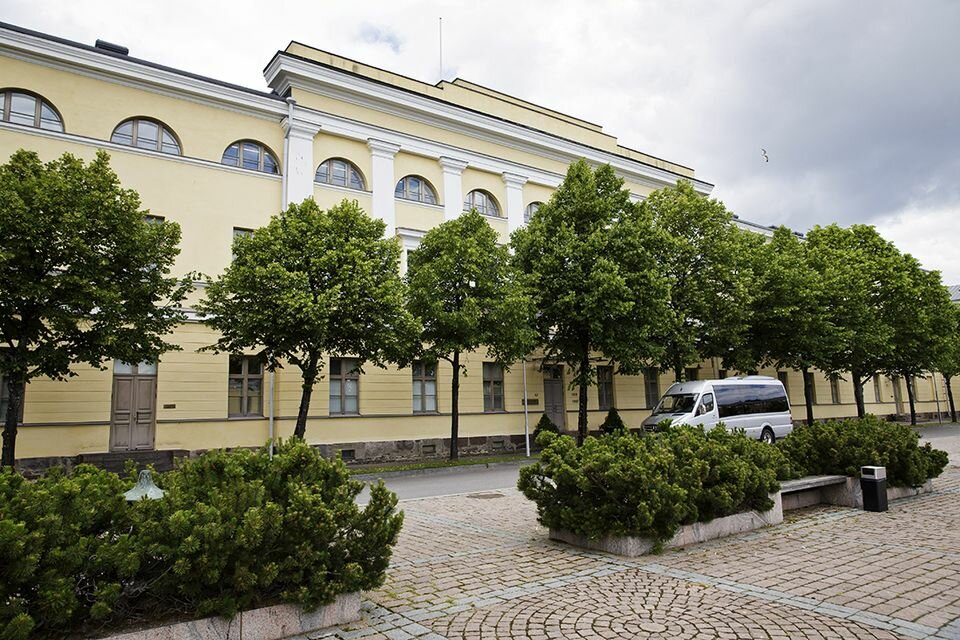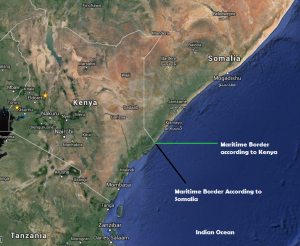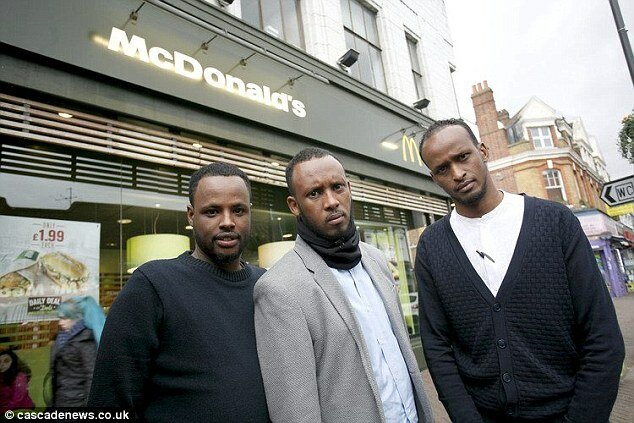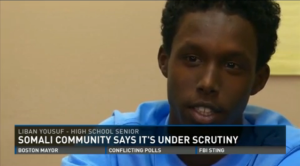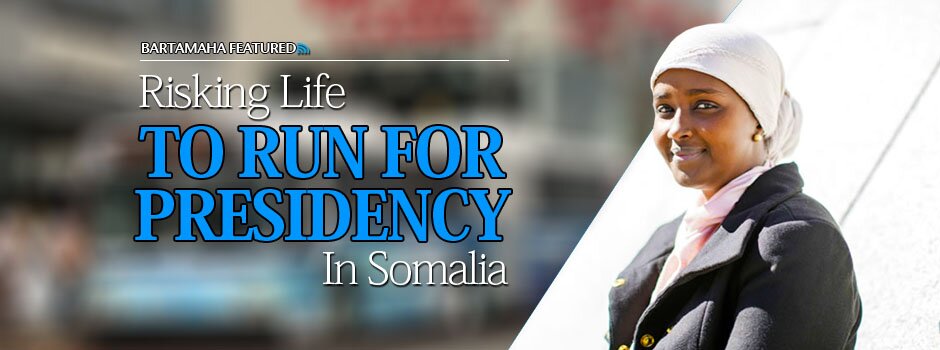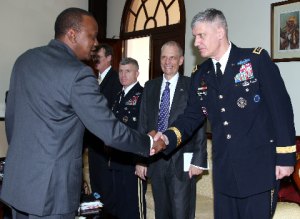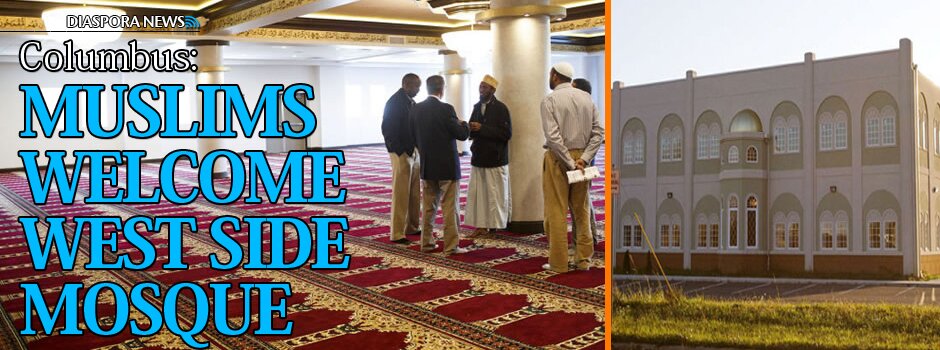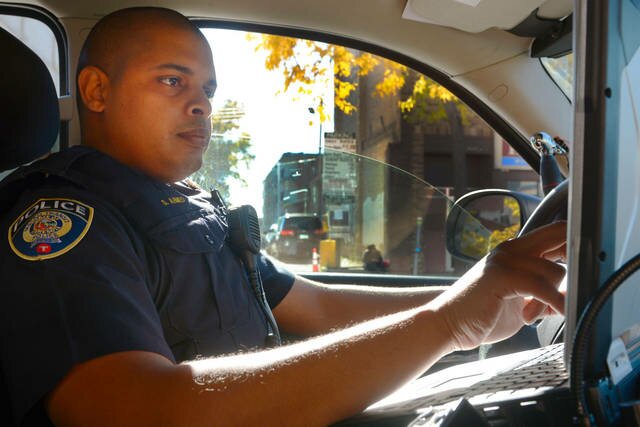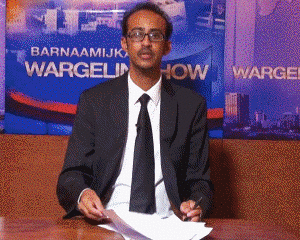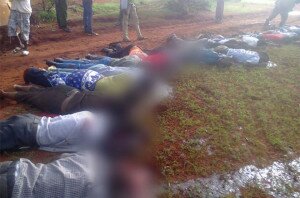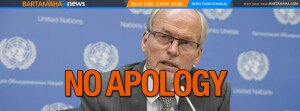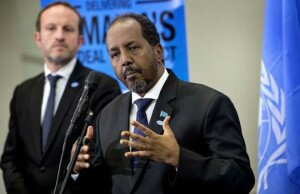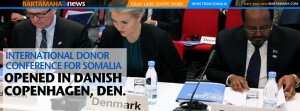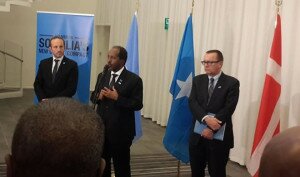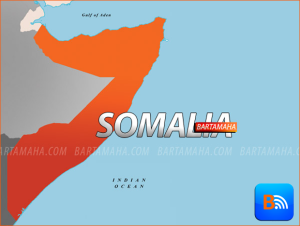Human Trafficking 101
 By SomaliCan — A group of 29 Somali-Americans were recently indicted of criminal charges related to sex trafficking in three states: Minnesota , Ohio and Tennessee . Since the indictments were disclosed by the U.S. Attorney’s office, many concerned people, including Somali Americans, have contacted SomaliCAN with questions about the human trafficking problem. How prevalent is this problem in our world? Is it confined to the Somali community? What motivates people to engage in such kinds of monstrous acts? What is the role of religion in this? Are the victims happily involved in this? If not, why do they never report the traffickers to law enforcement?
By SomaliCan — A group of 29 Somali-Americans were recently indicted of criminal charges related to sex trafficking in three states: Minnesota , Ohio and Tennessee . Since the indictments were disclosed by the U.S. Attorney’s office, many concerned people, including Somali Americans, have contacted SomaliCAN with questions about the human trafficking problem. How prevalent is this problem in our world? Is it confined to the Somali community? What motivates people to engage in such kinds of monstrous acts? What is the role of religion in this? Are the victims happily involved in this? If not, why do they never report the traffickers to law enforcement?
First, let me share some facts from the US Department of State Trafficking in Persons Report of 2008:
- The definition of sex trafficking is the recruitment, harboring, transportation, provision, or obtaining of a person for the purpose of a commercial sex act, in which a commercial sex act is induced by force, fraud, or coercion, or in which the person forced to perform such an act is under the age of 18 years.
- About 800,000 men, women and children are trafficked across international borders each year.
- The International Labor Organization estimates that 12.3 million people are living in slavery around the globe today.
- Annually, up to 17,500 individuals are trafficked into the US from other countries.
- Approximately 80 percent of transnational victims are women and girls and up to 50 percent are minors (younger than 18 years of age).
- In the United States , sex trafficking occurs in all types of communities: urban, suburban, or rural.
- Both U.S. citizens and international immigrants are victimized.
- Sex trafficking takes place in settings such as bars, farm worker camps, sex entertainment (strip clubs or massage parlors) and organized prostitution (e.g. rotation through truck stops or hotels).
- Victims are often promised good jobs, love, or marriage and are usually forced into sex work (prostitution, pornography, and working in strip clubs) and/or a combination of labor work (cooking, cleaning, and nanny work) and are physically, sexually, and emotionally abused.
There are several types of human trafficking depending on the intentions of the trafficker. The two major forms, however, are sex and labor trafficking. Human trafficking is not confined to immigrant communities only. Anyone can be a victim and the criminals can be from any part of the world. For example, in June 2008, a magistrate judge from Atlanta and his son, a deputy sheriff, and his son’s wife were indicted by a federal grand jury on human trafficking charges involving a nanny from India . These three conspired to induce the victim, a woman from India , to enter the US under false pretenses to be a nanny for the couple’s children. Once she was here, they stopped paying the nanny, kept her under close watch, and forced her to work in their home for 16 hours a day. They threatened to malign her family in India if she tried to go to authorities. Eventually, she escaped the home through the help of a neighbor.
What can we do about it?
The Human Trafficking Report of 2008 identifies numerous risk factors that raise the number of victims of human trafficking. The main ones are high unemployment, poverty, crime, discrimination, and corruption. The report further states that the perpetrators can be members of organized crime syndicates, neighbors, friends, or event family members.
Being aware of the problem and taking necessary precautions is the first step in preventing victimization. Be aware of your surroundings and the activities of those around you. Beware of people who promise good stuff and never allow anyone to manipulate you.
One young woman once told me that she started a relationship with a man in the assumption that he was seeking legitimate marriage. She stated that he intoxicated and raped her and took picture of her engaging in sex. He promised to love and care for her for the rest of her life. He also threatened to make the pictures public if she ever dared to depart him. He also said that he would kill her and all of her family if anyone knew about the affair. As for law enforcement, he stated that he was never afraid because they will never arrest him. In this kind of situation, it is hard to get out of the trap. However, the sooner you disclose your suffering to someone who truly cares about you, the better. Remember, the trafficker does not care about you.
Talk to your children about their daily lives and activities. Children need structure in their lives in order to function properly. Most victims are run-away girls who are looking for a place to stay. Get involved in local anti-trafficking efforts and educate yourself about what to look for. We can keep our families and communities safe by protecting our young ones. We can all be better off if every one of us plays his or her role in society.
___
Jibril Hirsi is the executive director of SomaliCAN, a member organization of the Central Ohio Rescue and Restore Coalition, Ohio ’s anti-human trafficking advocacy group. He can be reached at [email protected].
Comments
comments
 Calendar
Calendar






